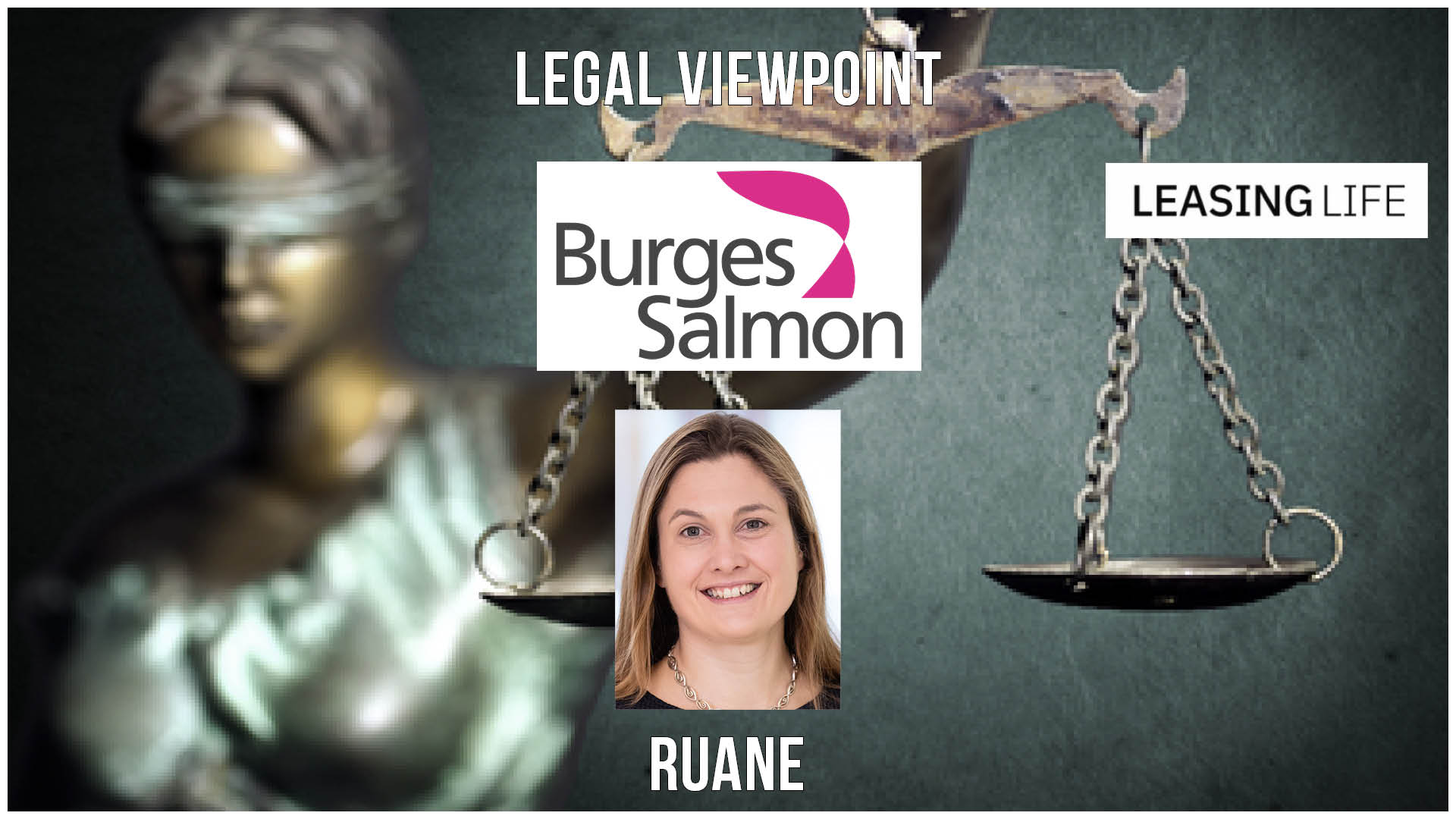Rachael Ruane, partner at Burges Salmon LLP offers a brief update on the introduction of the Recovery Loan Scheme (RLS).
In January 2021, the UK Government announced that the deadline for applications for the CBILS, CLBILS and BBLS was to be extended to 31 March 2021.
The 31 March 2021 deadline has now passed and the UK Government has not extended the deadline for applications and therefore new applications for government-guaranteed debt finance are no longer being accepted under these schemes. The CCFF closed to new purchases on 23 March 2021.
The CCFF, CBILS, CLBILS and BBLS were introduced by the UK Government to help mitigate the economic effects of the Covid-19 outbreak.
The Recovery Loan Scheme (RLS) has been introduced to assist businesses to recover and grow following the disruption to business activity caused by the pandemic.
The RLS is a form of debt assistance provided on similar terms to the CBILS and CLBILS in that it offers a government-backed guarantee (of up to 80 per cent) of commercial lending. The key criteria of the RLS are however different to the CBILS and CLBILS. Some of the key features are:
How well do you really know your competitors?
Access the most comprehensive Company Profiles on the market, powered by GlobalData. Save hours of research. Gain competitive edge.

Thank you!
Your download email will arrive shortly
Not ready to buy yet? Download a free sample
We are confident about the unique quality of our Company Profiles. However, we want you to make the most beneficial decision for your business, so we offer a free sample that you can download by submitting the below form
By GlobalData- term loans, overdrafts, asset finance and invoice finance facilities of up to £10 million can be borrowed and supported by the RLS guarantee;
- the maximum value of a facility per business is the lower of (i) £10 million; (ii) double the business’ wage bill for the last year available; or (iii) the applicant’s liquidity needs for the coming 12 months (for large enterprises) or 18 months (for SMEs). The maximum a business can borrow is also subject to a limit of £30 million per borrower group but private equity and venture capital linked businesses will not be deemed to be included within the definition of ‘group.’
- the minimum facility sizes vary, starting at £1,000 for asset and invoice finance and £25,001 for term loans and overdrafts;
- term loans and asset finance facilities are available on repayment terms of up to six years and overdrafts and invoice finance facilities for up to three years; and
- for facilities for £250,000 or less, personal guarantees cannot be taken. For facilities above £250,000 personal guarantees may still be required but no recovery action can be taken over a Principal Private Residence and recoveries are capped at a maximum of 20 per cent of the outstanding balance of the facility after the proceeds of business assets have been applied.
One of the key differentiating factors to the CBILS and the BBLS is that the RLS does not include a business interruption payment and therefore the borrower under an RLS facility does not benefit from government payments in respect of interest and fees incurred in the first year of the facility and will be required to meet the total costs of the facility from the outset.
The RLS went live on 6 April 2021 and is currently open until 31 December 2021. Full details of the RLS can be found here.
To be eligible for the RLS, a business must meet certain eligibility criteria with some of the key requirements being:
- the business must self-certify that it has been impacted by Covid-19;
- the business must be UK based in its business activity and generate more than 50 per cent of its turnover from trading activity (i.e. the sale of goods or services);
- the business must be engaged in trading activity in the UK at the time it draws down the facility;
- the business must have a borrowing proposal that would be considered viable by the lender; and
- the business must not be in collective insolvency proceedings (more specific requirements may apply to this limb if the business falls within the scope of the Northern Ireland Protocol).
In the same way as the CBILS, CLBILS and BBLS the RLS is available through lenders accredited by the British Business Bank and the list of accredited lenders can be found here.
The decision of whether a business is eligible for the RLS and the terms of the facility is fully at the discretion of the accredited lenders and therefore the potential lender must be satisfied with the creditworthiness of the potential borrower.
A lender will likely require certain documents from a borrower to assess affordability, this is likely to include:
- management accounts;
- business plan;
- historical accounts; and
- details of business assets.
Unlike the CBILS and CLBILS, the RLS does not require a business to fall within certain turnover thresholds to be able to access the scheme.
RLS applications
Depending on the type of finance sought, a borrower should approach either their relationship director (at a clearing bank if they have one), apply via the individual accredited lender’s website or consider listing the help of a corporate finance adviser to assist with identifying the most suitable type of finance arrangement for the business.
In many cases, lenders can offer finance on normal commercial terms outside the scope of the RLS which may be more flexible for a business.
It is important to note that whilst the RLS offers a government-backed guarantee of up to 80 per cent of an eligible facility, the ultimate decision as to whether a business satisfies the eligibility requirements to fall within the remit of the scheme and whether the business is deemed to be creditworthy is entirely at the discretion of the accredited lenders.








